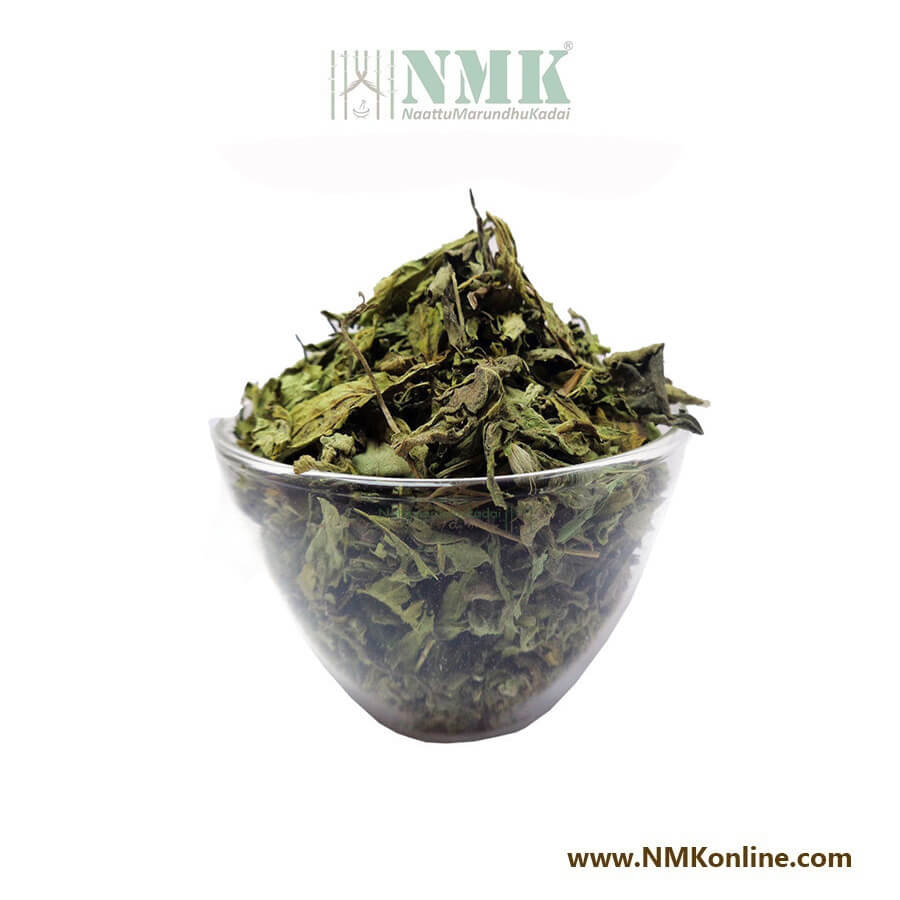Inippu Thulasi / Stevia Dried Leaf (Raw)
The plant Stevia rebaudiana has been used for more than 1,500 years by the Guarani peoples of South America, It is a sweetener and sugar substitute extracted from the leaves of the plant species Stevia rebaudiana. The active compounds of stevia are steviol glycosides (mainly stevioside and rebaudioside), which have up to 150 times the sweetness of sugar. The plant Stevia rebaudiana has been used for more than 1,500 years by the Guarani peoples of South America,. It is a sweetener and sugar substitute extracted from the leaves of the plant species Stevia rebaudiana. The active compounds of stevia are steviol glycosides (mainly stevioside and rebaudioside), which have up to 150 times the sweetness of sugar.
Brand:
NMK
Tax Info: Tax included.Tags:
Inippu Thulasi Online, Inippu Thulasi Price, Buy Inippu Thulasi online, Buy stevia dried leaf online, Common name of Inippu Thulasi, Rebiana, Stevia, Steviacane, Health benefits of Inippu Thulasi, Stevia for diabetes, How to use stevia, Consumption details about Inippu Thulasi, Internal benefits of Inippu Thulasi, Order Inippu Thulasi in Nattumarunthukadai, Stevia for Weight loss, Uses of stevia, Details about Inippu Thulasi, Order pure Inippu Thulasi in nmkonline.com


Description:-
The plant Stevia rebaudiana has been used for more than 1,500 years by the Guarani peoples of South America, The leaves have been used traditionally for hundreds of years in both Brazil and Paraguay to sweeten local teas and medicines, and as a "sweet treat". It is a sweetener and sugar substitute extracted from the leaves of the plant species Stevia rebaudiana. The active compounds of stevia are steviol glycosides (mainly stevioside and rebaudioside), which have up to 150 times the sweetness of sugar, are heat-stable, pH-stable, and not fermentable. Stevia's taste has a slower onset and longer duration than that of sugar
Stevia for Diabetes:-
Stevia/ Inippu Thulasi sweeteners do not contribute calories or carbohydrates to the diet. They have also demonstrated no effect on blood glucose or insulin response. This allows people with diabetes to eat a wider variety of foods and comply with a healthful meal plan.
Stevia for Weight control:-
There are many causes of overweight and obesity, such as physical inactivity and increased intake of energy-dense foods that are high in fat and added sugars. Stevia contains no sugar and very few if any, calories. It can be part of a well-balanced diet to help reduce energy intake without sacrificing taste.
Stevia for Blood pressure:-
Certain glycosides in stevia extract have been found to dilate blood vessels. They can also increase sodium excretion and urine output. Stevia leaves might have cardiotonic actions. Cardiotonic actions normalize blood pressure and regulate the heartbeat
Stevia on Children's diets:-
Foods and beverages containing stevia can play an important role in decreasing calories from unwanted sweeteners in the diets of children.
How to consume Stevia:
Stevia leaf can replace your ordinary white sugar in all of your recipes. Few dry leaves can be boiled in water and that water can be added as a sweetener in Tea/ Coffee or other beverages.



